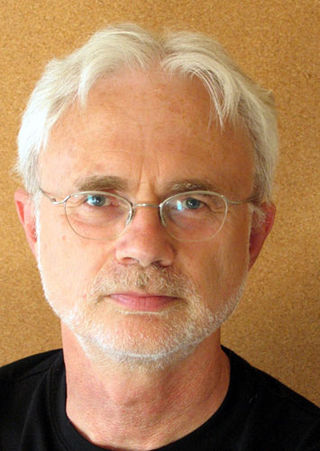
John Coolidge Adams is an American composer and conductor whose music is rooted in minimalism. Among the most regularly performed composers of contemporary classical music, he is particularly noted for his operas, which are often centered around recent historical events. Apart from opera, his oeuvre includes orchestral, concertante, vocal, choral, chamber, electroacoustic and piano music.

Roy Ellsworth Harris was an American composer. He wrote music on American subjects, and is best known for his Symphony No. 3.
John Harris Harbison is an American composer, known for his symphonies, operas, and large choral works.

Kenneth Daniel Fuchs is a Grammy Award-winning American composer. He currently serves as Professor of Music Composition at the University of Connecticut in Storrs.

Dona nobis pacem is a cantata written by Ralph Vaughan Williams in 1936 and first performed on 2 October of that year. The work was commissioned to mark the centenary of the Huddersfield Choral Society. Vaughan Williams produced his plea for peace by referring to recent wars during the growing fears of a new one. His texts were taken from the Mass, three poems by Walt Whitman, a political speech, and sections of the Bible. A.V. Butcher has analysed Vaughan Williams' use of the Whitman poems in this composition.
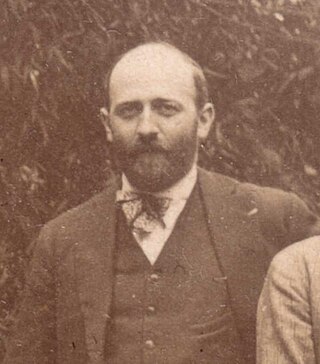
Alexis Fernand Félix Jean Rivier was a French composer of classical music in the neoclassical style.
Alan Feinberg is an American classical pianist. He has premiered over 300 works by such composers as John Adams, Milton Babbitt, John Harbison, Charles Ives, Steve Reich, and Charles Wuorinen, as well as the premiere of Mel Powell's Pulitzer Prize winning Duplicates. He is an experienced performer of both classical and contemporary music and is well known for recitals that pair old and new music.
Sea Drift is among the larger-scale musical works by the composer Frederick Delius. Completed in 1903–04 and first performed in 1906, it is a setting for baritone, chorus and orchestra of words by Walt Whitman.

Michael Jeffrey Shapiro is an American composer, conductor, and author.
Mark Grey is an American classical music composer, sound designer and sound engineer.
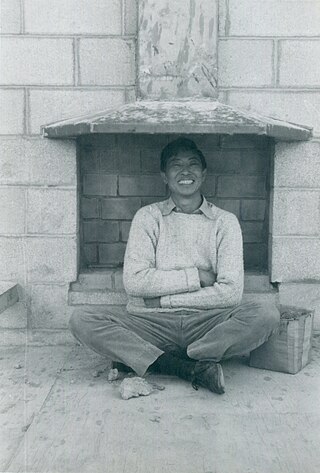
Earl Kim was an American composer, and music pedagogue. He was of Korean descent.
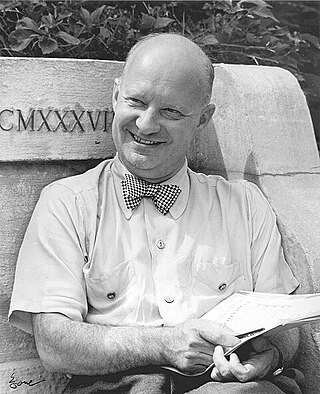
When Lilacs Last in the Dooryard Bloom'd: A Requiem for those we love(An American Requiem) is a 1946 oratorio by composer Paul Hindemith, based on the poem of the same name by Walt Whitman. It is the first musical work to include the entirety of Whitman's 1865 poem. Conductor Robert Shaw and the Robert Shaw Chorale commissioned the work after the 1945 death of President Franklin D. Roosevelt. It received its world premiere on May 14, 1946, at New York City Center, with the Collegiate Chorale conducted by Shaw and soloists Mona Paulee, contralto, and George Burnson, baritone. Paulee performed the work again with bass-baritone Chester Watson and the CBS Symphony Orchestra for the work's first recorded broadcast on CBS Radio on June 30, 1946.
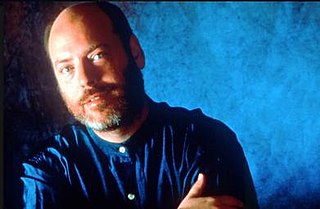
Sanford Sylvan was an American baritone.

Mohammed Fairouz is an American composer.
Kenji Bunch is an American composer and violist. Bunch currently serves as the artistic director of Fear No Music and teaches at Portland State University, Reed College, and for the Portland Youth Philharmonic. He is also the director of MYSfits, the most advanced string ensemble of the Metropolitan Youth Symphony.
Paul Fetler was an American composer. He received his bachelor's degree from Northwestern University and was taught composition by David Van Vactor. Following his bachelor's, Fetler earned a master's degrees from Yale, and then accepted a position at the University of Minnesota where he obtained his doctorate. In addition to Vactor, Fetler also studied with Paul Hindemith, Quincy Porter, and Boris Blacher, and taught many composers at Minnesota including Eric Stokes, Donald Keats, Marjorie Rusche, Michael Schelle, Stephen Paulus, Libby Larsen, and Carol Barnett. See: List of music students by teacher: C to F#Paul Fetler.
Music for a Time of War is a 2011 concert program and subsequent album by the Oregon Symphony under the artistic direction of Carlos Kalmar. The program consists of four compositions inspired by war: Charles Ives'The Unanswered Question (1906), John Adams'The Wound-Dresser (1989), Benjamin Britten's Sinfonia da Requiem (1940) and Ralph Vaughan Williams' Symphony No. 4 (1935). The program was performed on May 7, 2011, at the Arlene Schnitzer Concert Hall in Portland, Oregon, and again the following day. Both concerts were recorded for album release. On May 12, the Oregon Symphony repeated the program at the inaugural Spring for Music Festival, at Carnegie Hall. The performance was broadcast live by KQAC and WQXR-FM, the classical radio stations serving Portland and the New York City metropolitan area, respectively. The concerts marked the Oregon Symphony's first performances of The Wound-Dresser as well as guest baritone Sanford Sylvan's debut with the company.
Curtis Curtis-Smith, better known as C. Curtis-Smith or C.C. Smith, was a modernist American composer and pianist.

Charles Clement Fussell is an American composer and conductor of contemporary classical music. He has composed six symphonies and three operas. His symphony Wilde for solo baritone and orchestra, based on the life of Oscar Wilde and premiered by the Newton Symphony Orchestra and the baritone Sanford Sylvan in 1990, was a finalist for the 1991 Pulitzer Prize for Music. He received a citation and award from the American Academy of Arts and Letters in 1992.












